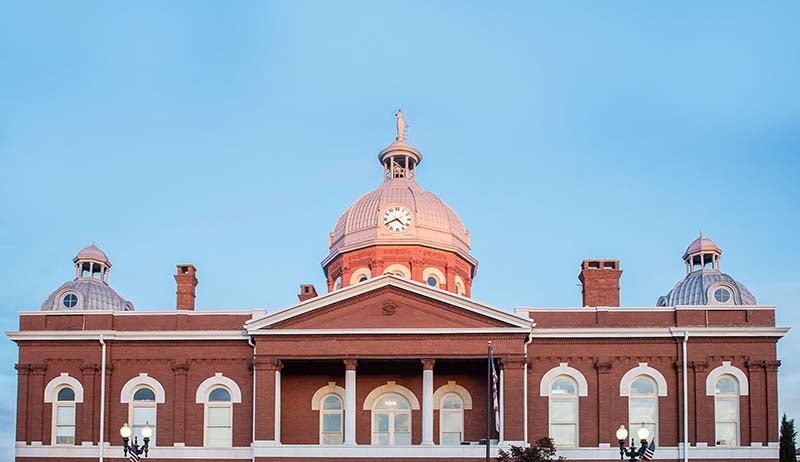Community discusses potential waterfront parks
Published 9:00 am Saturday, January 8, 2022
|
Getting your Trinity Audio player ready...
|
On Friday, area leaders and citizens met at Lanett City Hall to discuss the potential development of land along the Chattahoochee River as well as at the old Lanett Mill site. The point of the proposed project is to create direct access to the Chattahoochee River for citizens of Lanett, according to Rajiv Myana, senior planner with the East Alabama Regional Planning & Development Commission.
A multipage handout provided at the meeting showed two plans: Access A and Access B. Access A would be for both West Point and Lanett, providing access to the river through West Point. It would involve creating the Chattahoochee Waterfront Park to allow residents and visitors to experience a variety of activities along the waterfront.
“The linear waterfront park operates along the connection of two state lines, affording visitors a varied experience while strolling along the designated path system,” says the page for Access A. “The linear park features overlook plazas, water features, children’s play areas, [a] dog park and a waterfront restaurant.”
Myana said that with this plan, there would be no railroad, water treatment plant or old mill site in the way. He said this plan would require a partnership between the City of Lanett and the City of West Point.
“And the next one is Access B,” Myana said. “And this is through 1st Street extension or South 3rd Street extension. There are two options for this. In order to get this, you need to cross [the] railroad, so that’s a big obstacle there. And then, I don’t know what’s the depth and the slope right over there to the waterfront, so I don’t know how feasible it is, but these are the two access [points] that we came up with.”
Access B, also called the City of Lanett Waterfront Park, would provide pedestrian and bike paths with connections to the Chattahoochee River, one of the Access B pages says. It describes pedestrian decks serving as boat docking areas and “informal seating spaces that converge to form performance platforms for community art shows.”
Myana discussed a hypothetical plan to create a pedestrian plaza with seating furniture at the old Lanett mill site. The corresponding page describes the area as “an important social landmark, ideal for meeting friends, people-watching and sitting and relaxing.” It suggests using the space for performances, for street vending and also as a festival area.
Local citizen Ron Kalman asked who would pay for the development of either plan.
Myana answered that the cities probably would and that they could apply for a grant. He said costs could be determined after more concrete plans were developed.
West Point City Manager Ed Moon asked if the access point for Plan A would be for pedestrians or vehicles.
“So through West Point, it’s a pedestrian access, too,” Myana said. “So, you have a parking space provided. Then, you can walk all the way to the mill site. So, it’s a linear park where you can walk across the waterfront.”
Ben Williams of the US Army Corps of Engineers cautioned that if the City of Lanett or West Point does work close to the waterfront, they would have to work with the water authority.
“Anything that impacts the river, the flow of the river, sediment introduced into the river, all that kind of stuff has to be permitted,” he said. “And then the Corps of Engineers, depending on what the future plans are… let’s just hypothetically say a paved sidewalk … that would have to be [consented to] by the Corps.”





